Africa. Sun, Water and Wind. The Riches of the Continent.
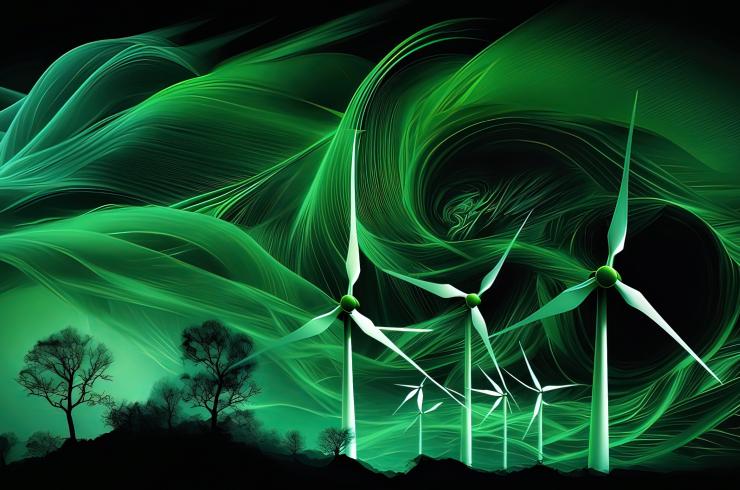
Africa’s development prospects are increasingly linked to the ecological transition. Solar, wind and green hydrogen could help boost economic growth and generate wealth and jobs.
Sun, water, wind. These are the essential elements for the production of clean energy. Africa has them in abundance. And it is precisely from here that a revolution can be triggered on the continent, capable of initiating a new development model, starting precisely from renewables.
This is not an easy path, but there are those who believe in it and work every day to make this change possible. “Africa has enormous potential in terms of renewables, which goes well beyond ‘domestic’ demand – explains Francesco La Camera, general director of the International Renewable Energy Agency (IRENA) – I am referring to solar, wind, but also green hydrogen, which is talked about so much”.
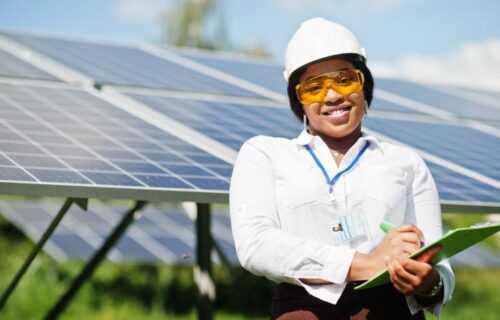
Photo 123rf
The International Renewable Energy Agency, IRENA, is a body that involves 167 countries and the European Union, supporting them in tackling ecological transition. “We have created a model that compares two scenarios – explains La Camera – one ‘ambitious’, in which it is assumed that African countries comply with the Paris Agreements on climate and that the ecological transition is accompanied by proactive policies aimed at maximizing its benefits, the other based on maintaining the status quo.
In the first scenario, according to our estimates, there would be a higher growth of 6.4% of GDP for the continent and 3.5% more jobs in the whole economy, and it would be quality work”.
To understand how such a radical turning point could be reached, however, we need to reflect on some figures that help us to grasp the current reality. By 2050, more than two billion people will live in Africa. To date, the electrification rate of Sub-Saharan countries, however, stops at 46%. As many as 570 million people do not have access to electricity (according to the latest data available, from 2019) and 906 million people are forced to resort to coal and biomass to heat food, with a major impact on pollution and health. In this context, according to a report by IRENA, Africa can only count on 3% of the total global installed capacity of energy from renewable sources.
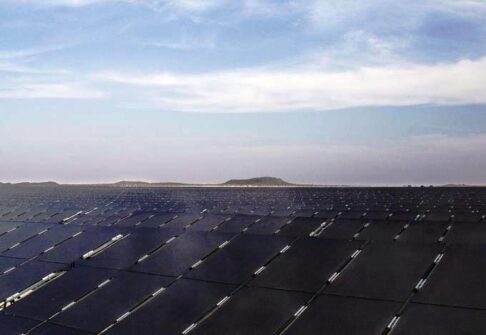
Pulida solar plant in South Africa. Photo: Enel Green Power
In recent years this capacity has grown, but the trend is still relatively small. Between 2010 and 2020 there was an increase of 7%. However, a large part of this growth is due to the implementation of large projects in individual countries, and in particular hydroelectric and photovoltaic plants on an industrial scale.
Regionally, Southern Africa is the one with the largest installed green energy capacity, with 17 GW, or about a third of the total, while North Africa can count on 12.6 GW. But which are the most advanced states in terms of renewables? If we look at solar, South Africa alone holds 57% of installed capacity, followed by Egypt (16%) and Morocco (7%). If we consider wind energy: in first place, we always find South Africa with 41% of installed capacity, then there is Morocco (22%) and Egypt (21%). According to IRENA’s estimates, the technical potential for wind-related energy in Africa could reach 461 GW. According to the latest data available, at the end of 2020, the installed power was only 6.5 GW.
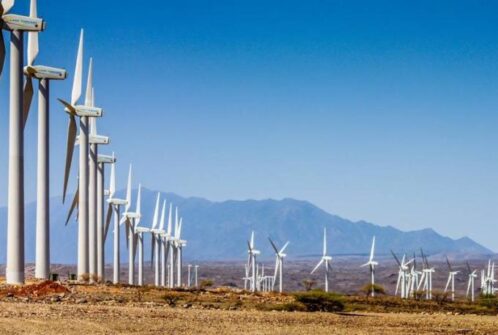
Kenya. Lake Turkana Wind Power Plant. Photo: Lake Turkana Wind Power
As for ‘green’ hydrogen – obtained from a water electrolysis process that can be fuelled by renewable sources – there are several projects on the table. In 2021, the German Research Ministry signed a partnership with Namibia to finance studies on the best technologies in this area, announcing an investment of 40 million euros. Egypt and Zimbabwe, for their part, have installed over 100 megawatts of electrolysers. In Mauritania, on the other hand, the government has entered into an agreement with an Australian company for a 30 GW project for 40 billion dollars, i.e., a value equal to five times (yes) the African state’s economy. However, those who decide to invest in these new forms of energy are faced with some obstacles. “First of all, that of the grid, the networks – warns La Camera – in fact need to be interconnected, flexible and balanced, in order to be able to manage the energy produced. Then there is the issue of storage and of the batteries that must store it. Finally, that of the legal environment, i.e., the system of laws of the country in which the production of renewables is implemented, and therefore of the procedures, transparency, etc.”
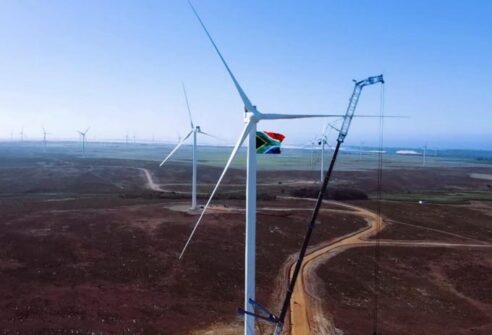
South Africa. The Oyster Bay wind farm, which has 41 wind turbines, is located near the coastal town of Oyster Bay in the Kouga municipality in the Eastern Cape. Photo: Enel
Then there remains the question of the finance necessary for the investments. Of the 2.8 trillion dollars invested in renewable energy worldwide between 2000 and 2020, only 2% was directed to Africa (excluding large hydroelectric plants), equal to approximately 60 billion, despite the enormous potential of the continent and the enormous need to provide modern energy services to hundreds of millions of people. More than 90% of this figure – about 55 billion dollars – was invested between 2010 and 2020 in projects concentrated in a few African countries.To allow for a change of pace, IRENA has activated various tools. “The agency was born as a think-tank with the task of promoting renewables in the world – explains the general director – concentrated in particular on ‘knowledge products’, i.e., reports on installed capacity, scenarios, prices, etc. Tools that make it possible to direct investments, and therefore the commitments of governments and multilateral financial organizations.
Then we launched the Climate Investment Platform (CIP), together with the United Nations Development Program (UNDP) and the Sustainable Energy for All organization in collaboration with the Green Climate Fund (GCF), to increase investments in renewables in developing countries. And this is just one of our partnerships”.
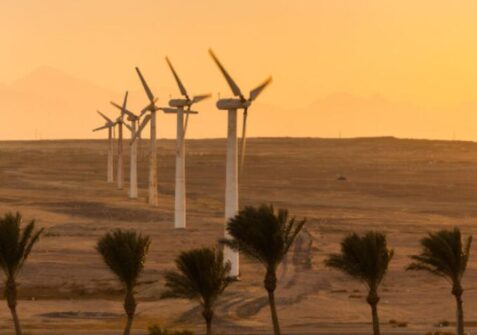
Big wind turbines in the desert against mountains, Egypt. Photo: European Bank for Reconstruction and Development
At the United Nations Conference on Climate Change (COP 27) held last November 2022 in Sharm El Sheikh, the promise was confirmed not to exceed 1.5 degrees of global warming and to accelerate a just transition towards renewable energy.
To favour a certain pragmatism, according to La Camera, there is a new widespread awareness of the unsustainability of centralized systems based on fossil fuels. “The war in Ukraine certified the end of this model and this also applies to Africa. We will inevitably have to move towards an energy panorama made up of several players, more open and less subject to the power of a few. In this new framework, renewables will be indispensable, and Africa can do a lot”.
According to La Camera, it would also be an opportunity for the continent to discourage that “predatory attitude with which Western countries have often used its raw materials, paying only marginal attention to the development of its countries”.
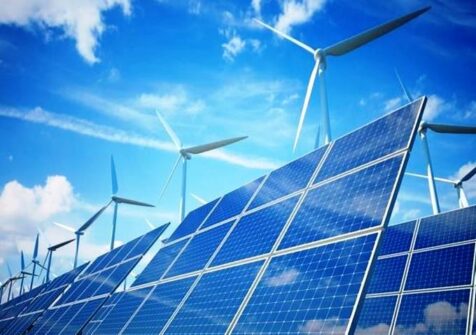
This does not mean that Europe could not benefit from the development of green energy in Africa. Interconnection projects between the two continents to transport energy (not only, but also clean energy) are already in the pipeline. In the coming months, work will begin to lay four submarine cables that will connect the electricity grid of the United Kingdom with that of Morocco, for a distance of approximately 3,800 kilometres off the coasts of Portugal, Spain and France. While Tunisia has recently submitted to the European Union a request for funding for the electricity interconnection project with Sicily called ‘El Med’. The work consists of laying a cable of about 200 kilometres which could cost around 800 million euros, and with a completion date of the works set for 2027. (Open Photo: 123rf)
Leonardo Filippi/Left



